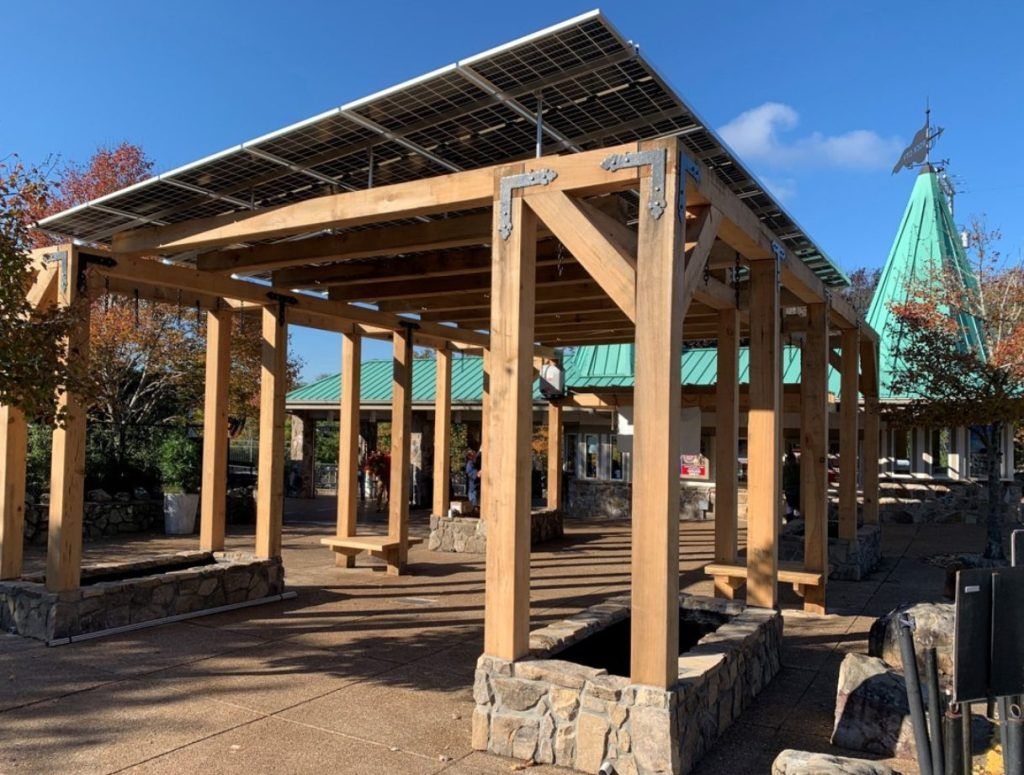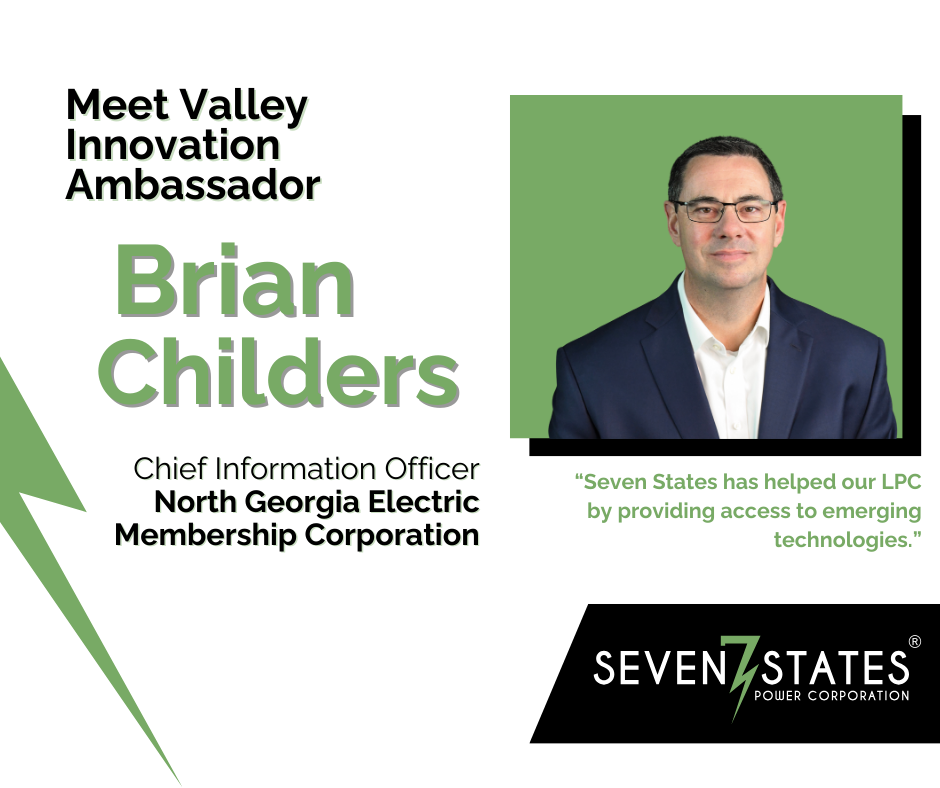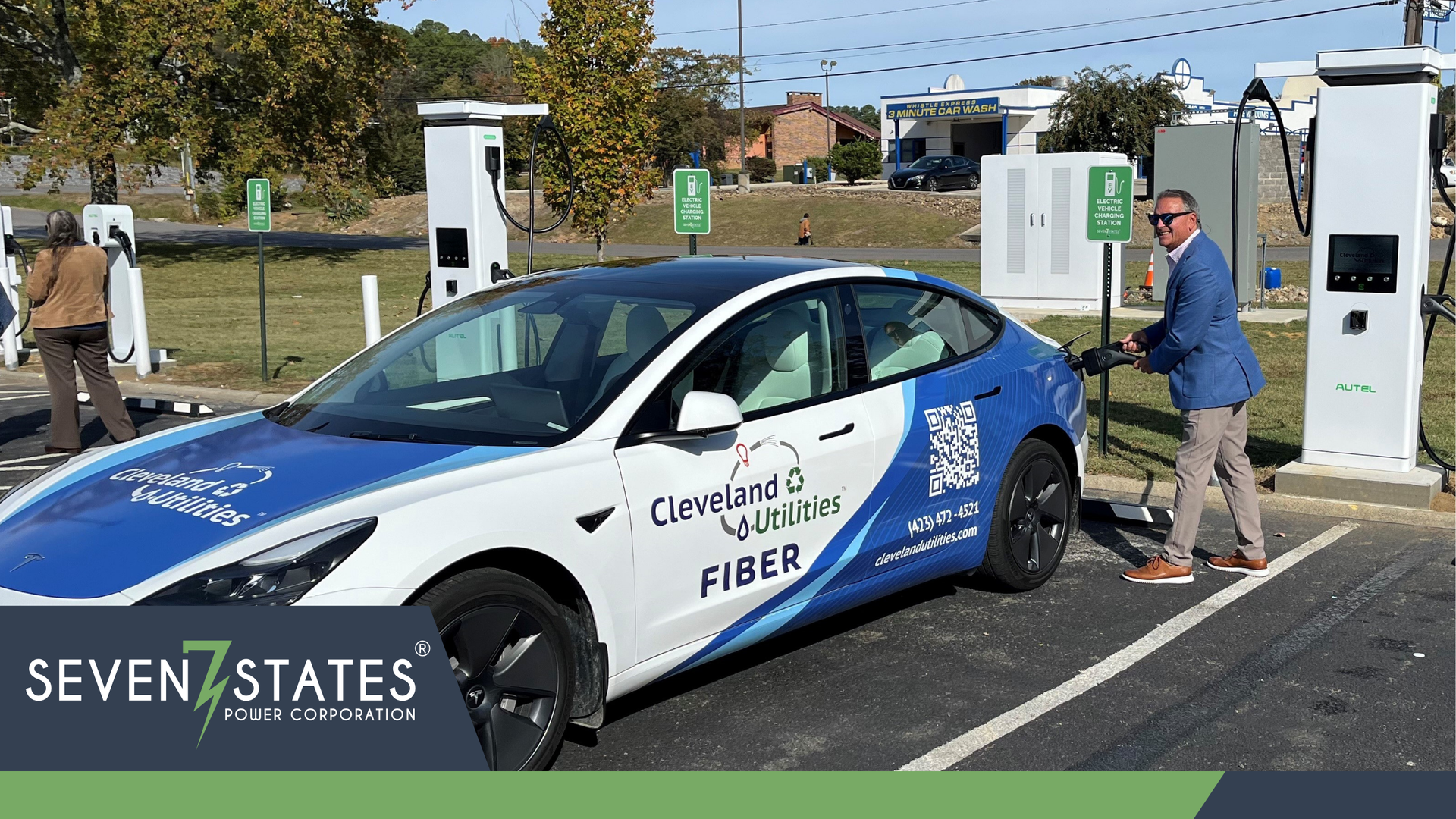
The overarching strategy of Seven States is to deliver value to our member-owners and their consumers as fast as possible with minimal cost. We deliver by being laser-focused on the most promising distribution technology to deploy at scale. Our member-owners operate at the distribution level and that is where consumers will continue to drive energy technology trends.
Seven States is solving technology challenges incrementally with each LPC and solving them at scale for the Valley, which helps us all progress forward faster. We deploy with speed for the purpose of learning from each installation and applying it to subsequent projects for the benefit of the LPCs and their consumers. The continuous feedback loop derived from multiple project deployments across the Valley is one of our value-adds. Additionally, we leverage infrastructure grant opportunities to maximize deployments and minimize costs. This approach has proven effective where multiple projects across the Valley were aggregated to apply for funding.
Seven States’ results are impactful – over 80 LPCs have utilized Seven States for EV charging, solar, storage, fiber, and load management services resulting in nearly 200 cumulative projects across the Valley. We have supported over 60 EV grant opportunities by applying directly or in partnership with LPCs for funds in excess of $ 17M . Since 2021, over $ 15M has been awarded to LPCs and/or Seven States for EV charger projects.
Our energy security journey will require all of us working together to build the energy system of the future while balancing affordability, reliability, resiliency, and sustainability. Seven States designs solutions and develops services that are accessible and scalable for all members to implement, and we deploy solutions that align with the LPCs’ and TVA’s shared goals for grid resiliency, economic development, and decarbonization.
Please take a minute to view our SPARK video which highlights LPC projects across the Valley. We celebrate the success of LPCs deploying technology and look forward to accelerating innovation. Thank you for placing your trust in the Seven States team – where every day, we wake up ready to deliver value as we move the Tennessee Valley forward together!




